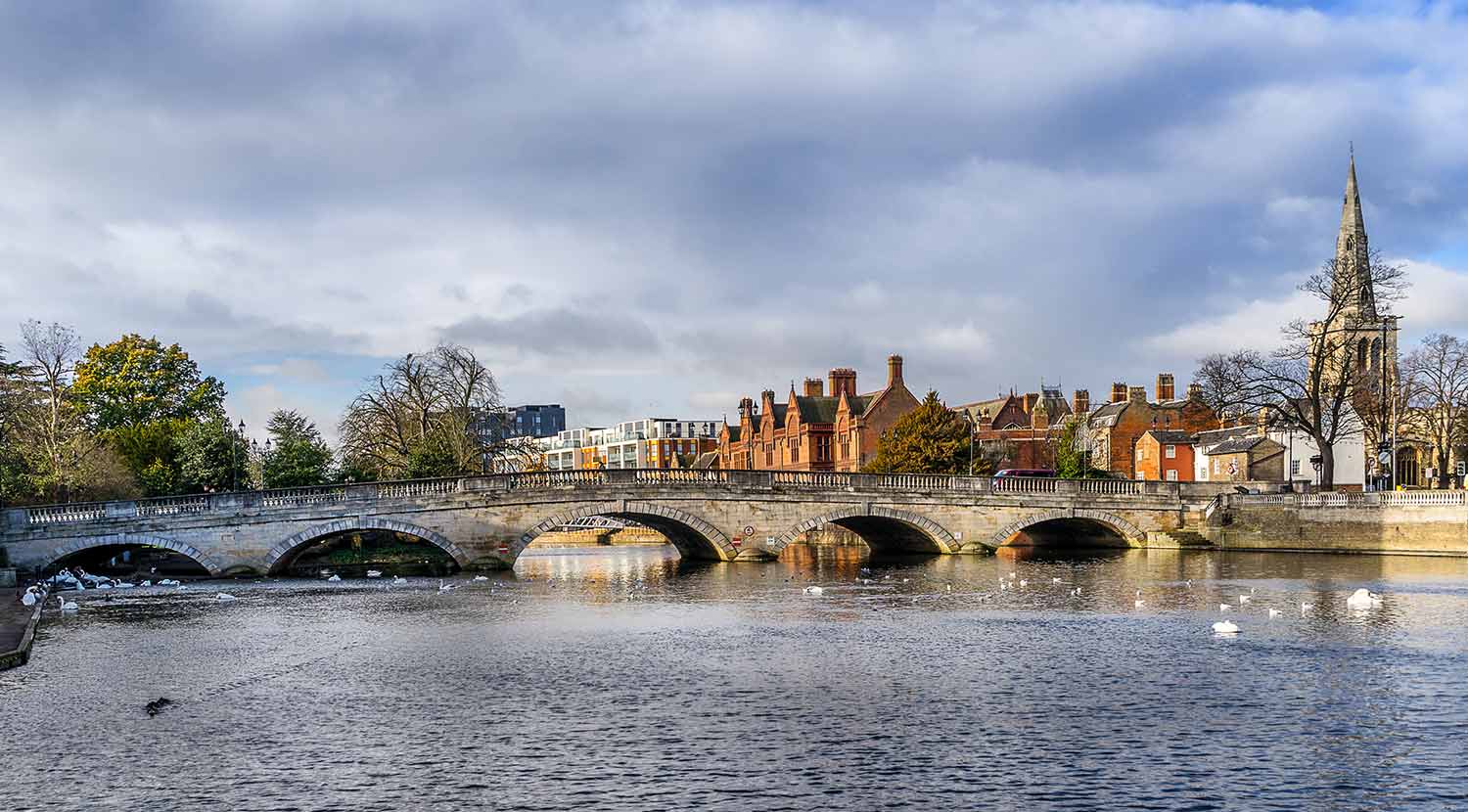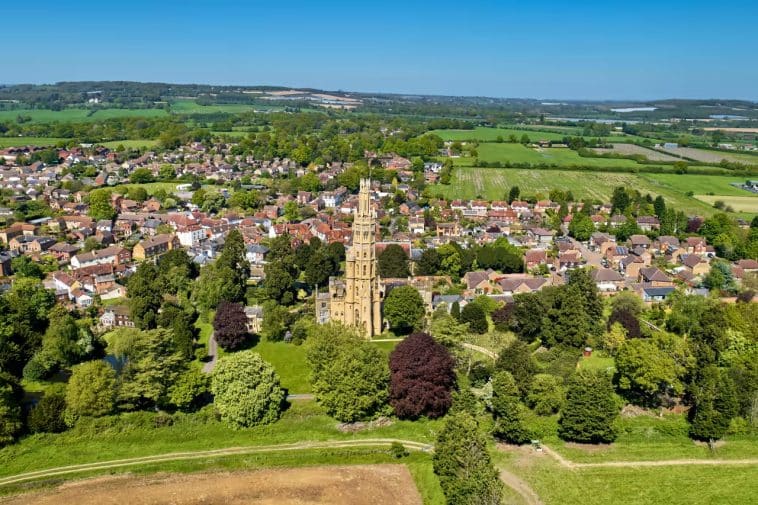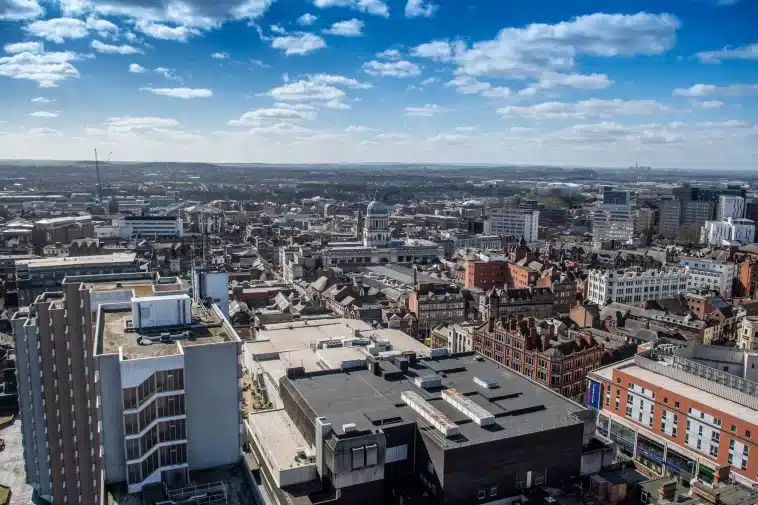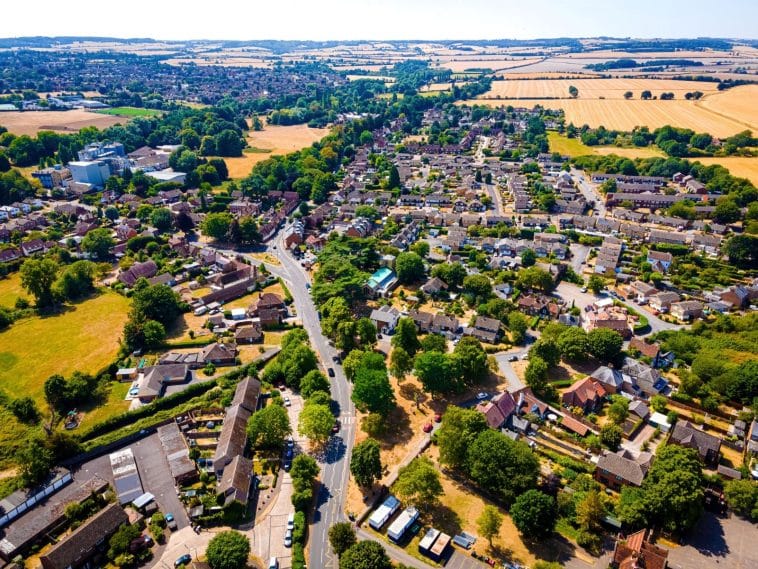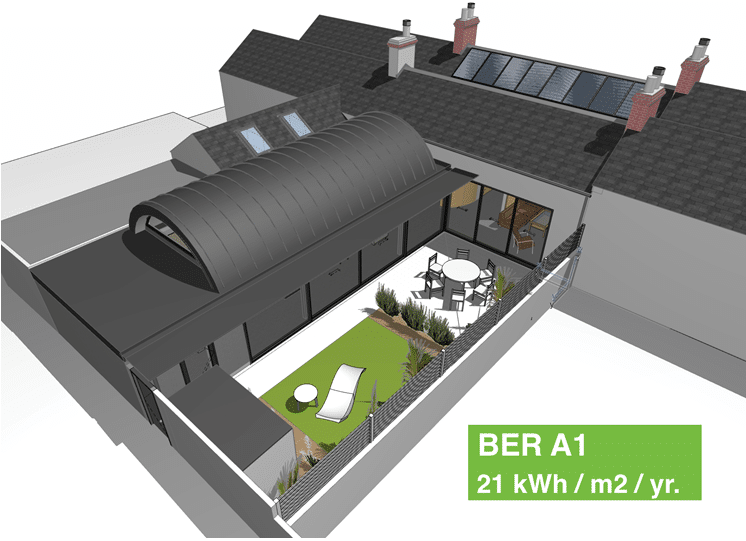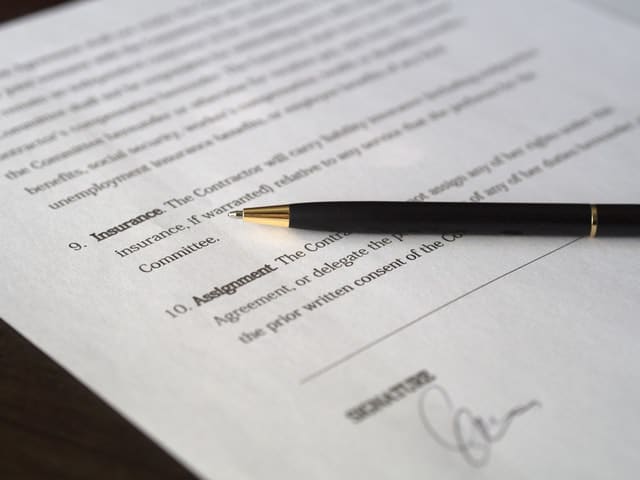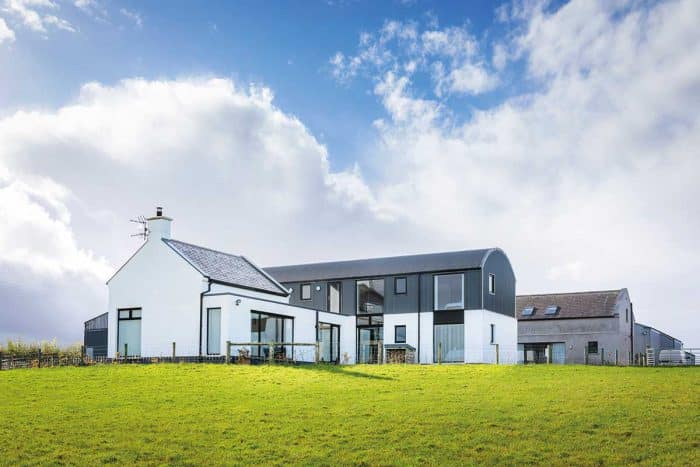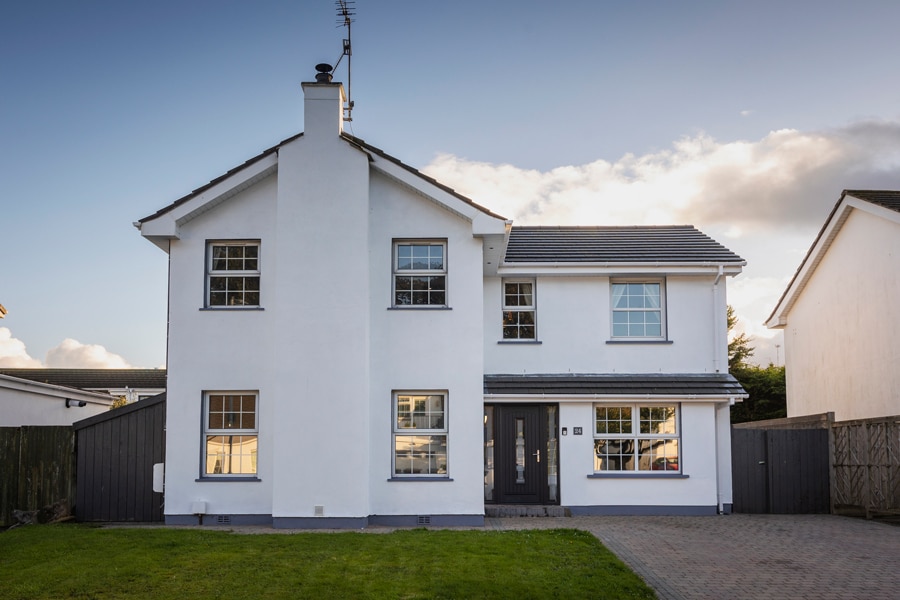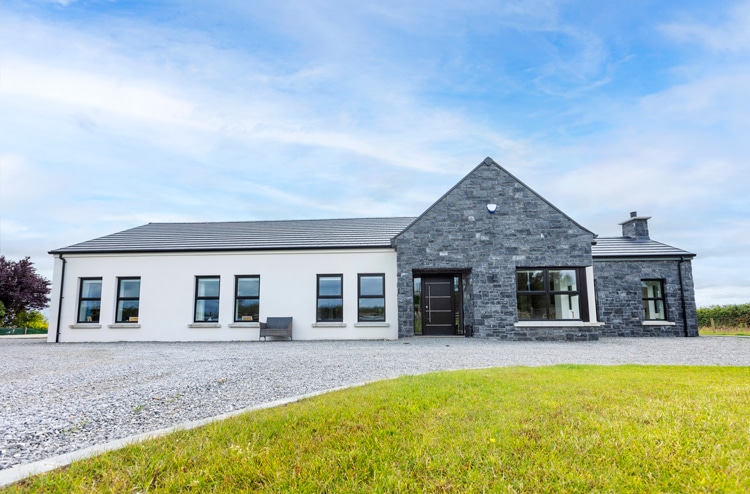Q: I’m currently building my house but how do I register for my new postal address?
A: In NI Building Control issues the new address after you’ve submitted your plans/application to your Building Control Officer.
In ROI An Post is responsible for creating a postal point for a new property – you need to ring their customer service to request a new address tel. 01 705 7600. From Ken’s comment below you can email An Post customer.service@anpost.ie with subject line EirCode. The email needs to include your name, contact number, address of new house / which property it’s adjacent to.
— Information gathered by the SelfBuilders & Home Improvers Ireland Facebook Group and checked by Selfbuild editorial staff


